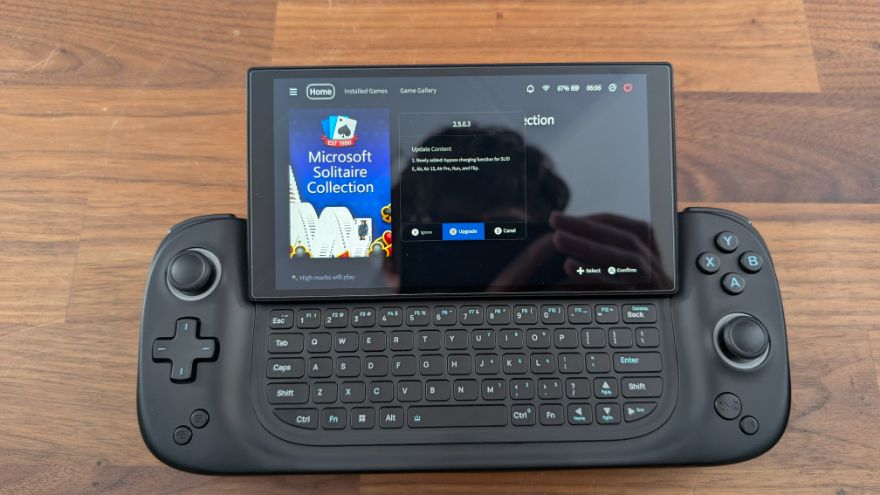Antec Core HS Review – A Real Contender for Mobile PC Gaming!
The Hardware
First though, we need to talk a little bit about the specs. The Core HS uses the Ryzen 7 7840U, a mobile processor that features 8 Cores and 16 Threads, can boost up to a maximum of 5.1GHz and also features fairly robust integrated graphics that will be the main source of out gaming power.
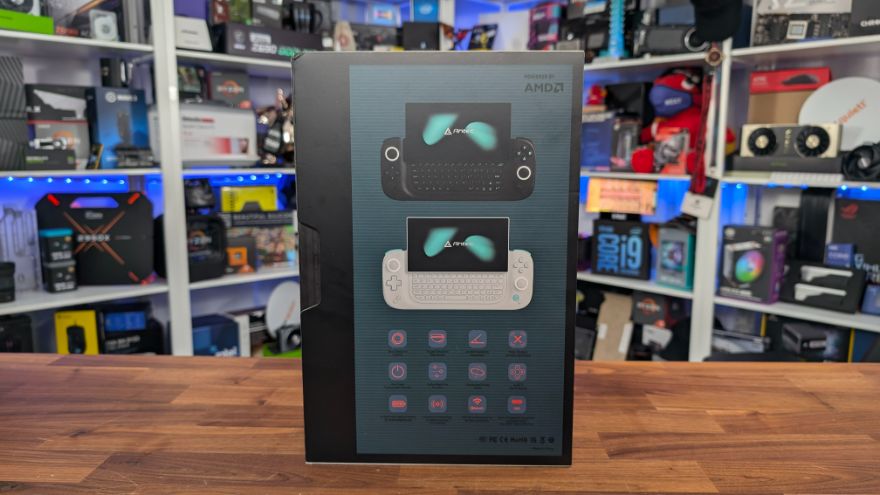
There are also multiple SKUs but this really would depend on the region you’re in, as we know in the UK at least, they are only bringing one model in which is what we have here, in both black or white. It features 32GB of built in storage and 2TB of expanded storage so there really isn’t any concern of not being able to store your games, but if you do happen to want to add more storage, it does support adding a single sided 4TB 2280 NVME SSD, which is pretty significant compared to something like the Steam Deck which only supports up to 2230 sized drives which are also typically more expensive and on top of that, you can insert a micro SD for even further expansion of storage. It also has 32GB of 7500MHz LPDDR5X memory, though it’s clocked at 6400MHz for stability, though a firmware update to unlock more speed is available, and this is something you wouldn’t get on other devices. Again, depending on your region, this may differ, but for the UK, that’s what you’re getting.
Something else that it’s improved on compared to Valve’s Steam Deck is the screen. Where Valve uses a 1280 x 800p resolution panel, the Core HS uses a much more detailed 1920 x 1080 resolution, but it is a bit smaller than the Steam Deck’s screen, coming in at 6” instead of Valves 7” (or 7.4” on the OLED model), which means that the pixel density of this screen is significantly higher at 368 pixels per inch, resulting in a much crisper looking display overall and with a 400 NITS brightness and 120% sRGB colour gamut, it looks like it ticks all the right boxes and with the fact that the screen not only slides but hinges towards you, the viewing angles are spot on.
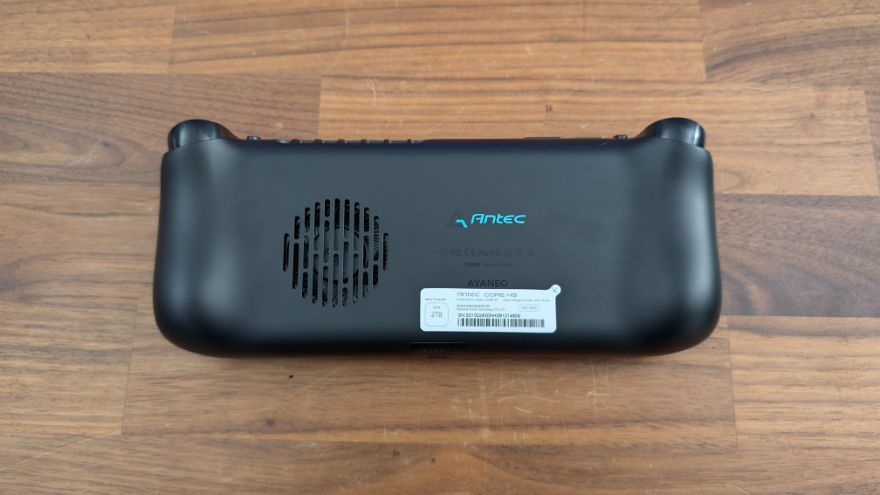
Now there is a trade-off with the screen as the refresh rate is a bit lower compared to the competition, with the Steam Deck utilising a 90Hz panel, while the Core HS taps out at 60Hz, which seems like a fair trade off for the increased resolution, as I prefer quality more than the refresh rate on something like this anyway. Plus, the increase in resolution is going to put more demand on the components, so also having a higher refresh rate may be a bit of a hard push in terms of performance and battery life and this is something Antec were keen to talk about. Obviously game dependent, your battery life will differ, but they wanted their device to be higher than the competition, and they saw that having a 60Hz refresh rate was the way to do that, and I’m all for it when thinking about travelling and not having access to somewhere to charge it, though through USB-C, you have options including the ability of utilising a power bank for instance to fuel that 46.2Wh battery, which equates to 12,000mAh.
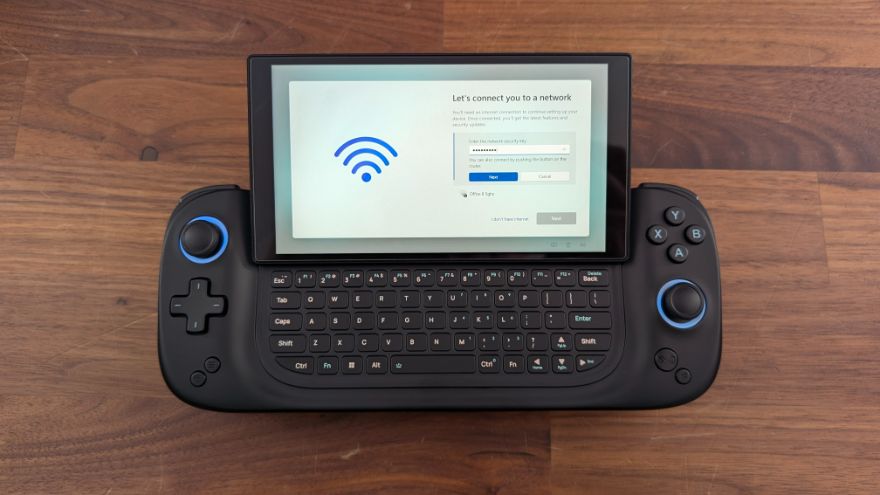
Finally, and this is the big one, but the Core HS actually comes with Windows 11 pre-installed, which means that this could be used as a desktop if you really wanted, especially in docked mode, which is an idea we’ll come back to soon, but it also means that game and software support in general is extremely good, as it’s literally just Windows 11, just like a laptop of desktop PC. It also has a finger print reader which acts as a power button, making logging into Windows much easier without the need for putting in your password or pin number every time.
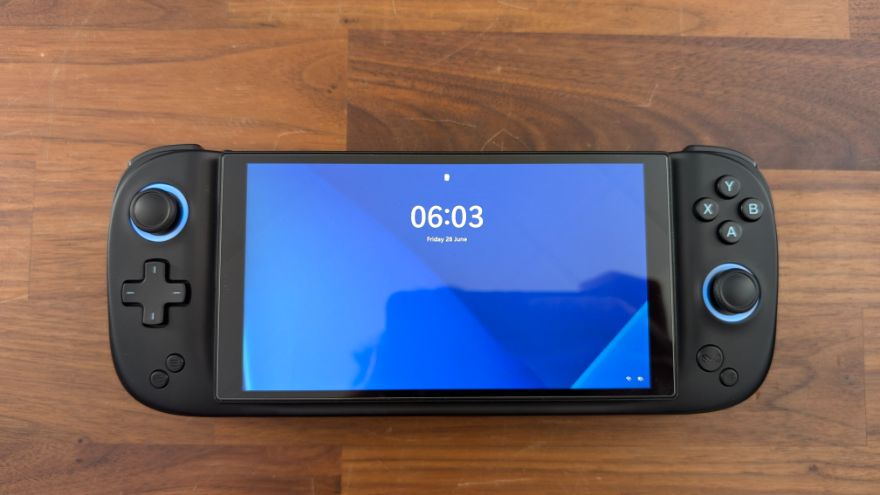
Now, before we move on to talk about actually using the device, which I’m sure you’re eager to see, we should talk a little about what comes included with the Core HS, what it’s like to hold in your hands, how the controls feel, etc…
